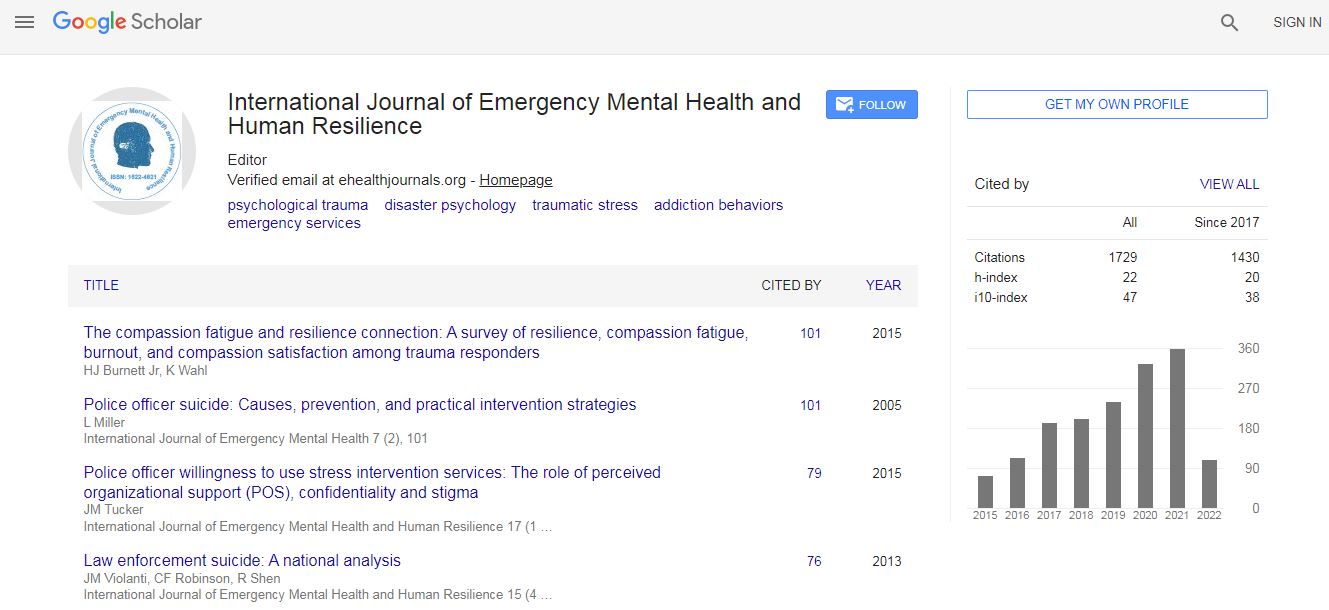Research Article
Differences in Resilience by Acculturation Strategies: A Study with Qiang Nationality Following 2008 Chinese Earthquake
Li Han1,3 John W. Berry4, Yongxia Gui1, Yong Zheng1,2*
1Center for Studies of Education and Psychology of Ethnic Minorities in Southwest China, Southwest University, Chongqing, China
2School of Psychology, Southwest University, Chongqing, China
3Mianyang Normal University, Mianyang, China
4Queen’s University, Kingston, Canada, and National Research University Higher School of Economics, Moscow, Russia
Abstract
A number of studies have assessed the association between acculturation and resilience following atraumatic event. This study examines the relationship between acculturation strategies and resilience among the Qiang nationality following the 2008 Chinese earthquake. We found evidence that there are four acculturation strategies (integration, assimilation, separation and marginalization) based on the Qiang’s cultural identity status. We also assessed resilience among this sample, using the Connor-DavidsonResilience Scale (CD-RISC). Correlation analysis results indicated that most dimensions of the Qiang cultural identities have positive relationships with participants’ scores on CD-RISC dimensions of tenacity, strength and optimism. And regression analyses indicated that most of the cultural identity dimensions can predict resilience. The four acculturation strategies are also predictive of resilience: those with an Integration strategy have greater resilience than those pursuing marginalization; those pursuing assimilation and separation have intermediate levels of resilience.

 Spanish
Spanish  Chinese
Chinese  Russian
Russian  German
German  French
French  Japanese
Japanese  Portuguese
Portuguese  Hindi
Hindi 